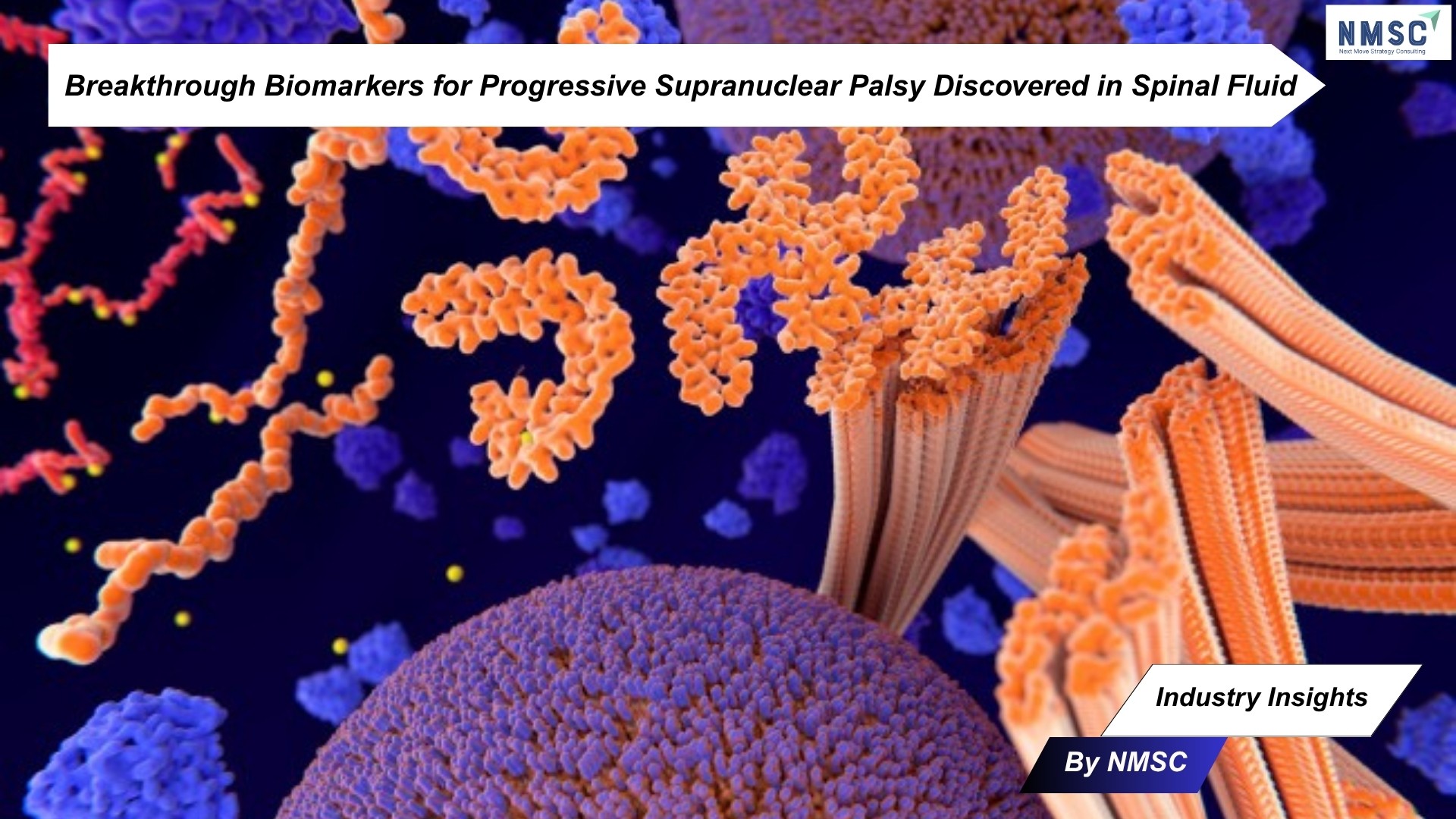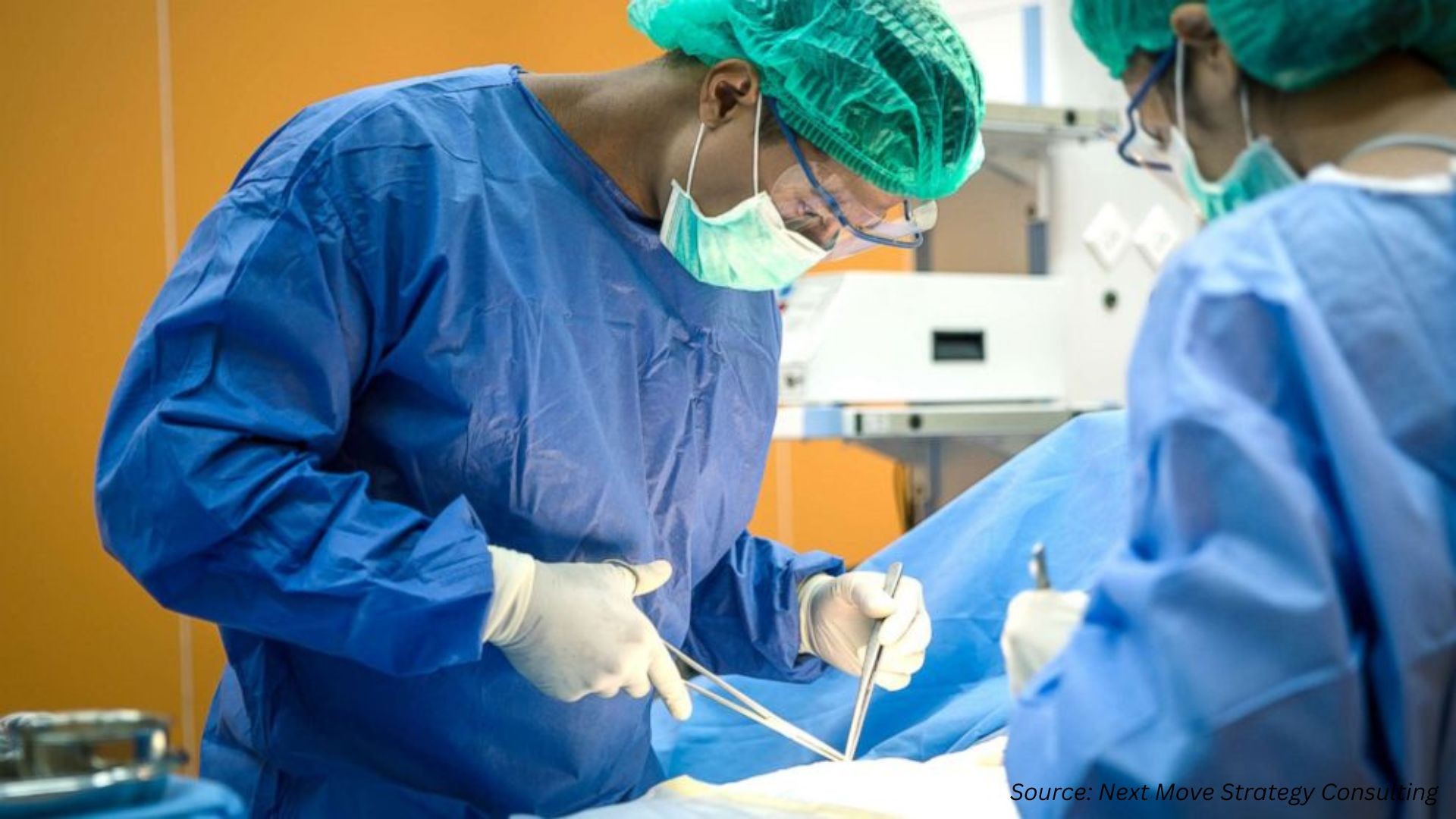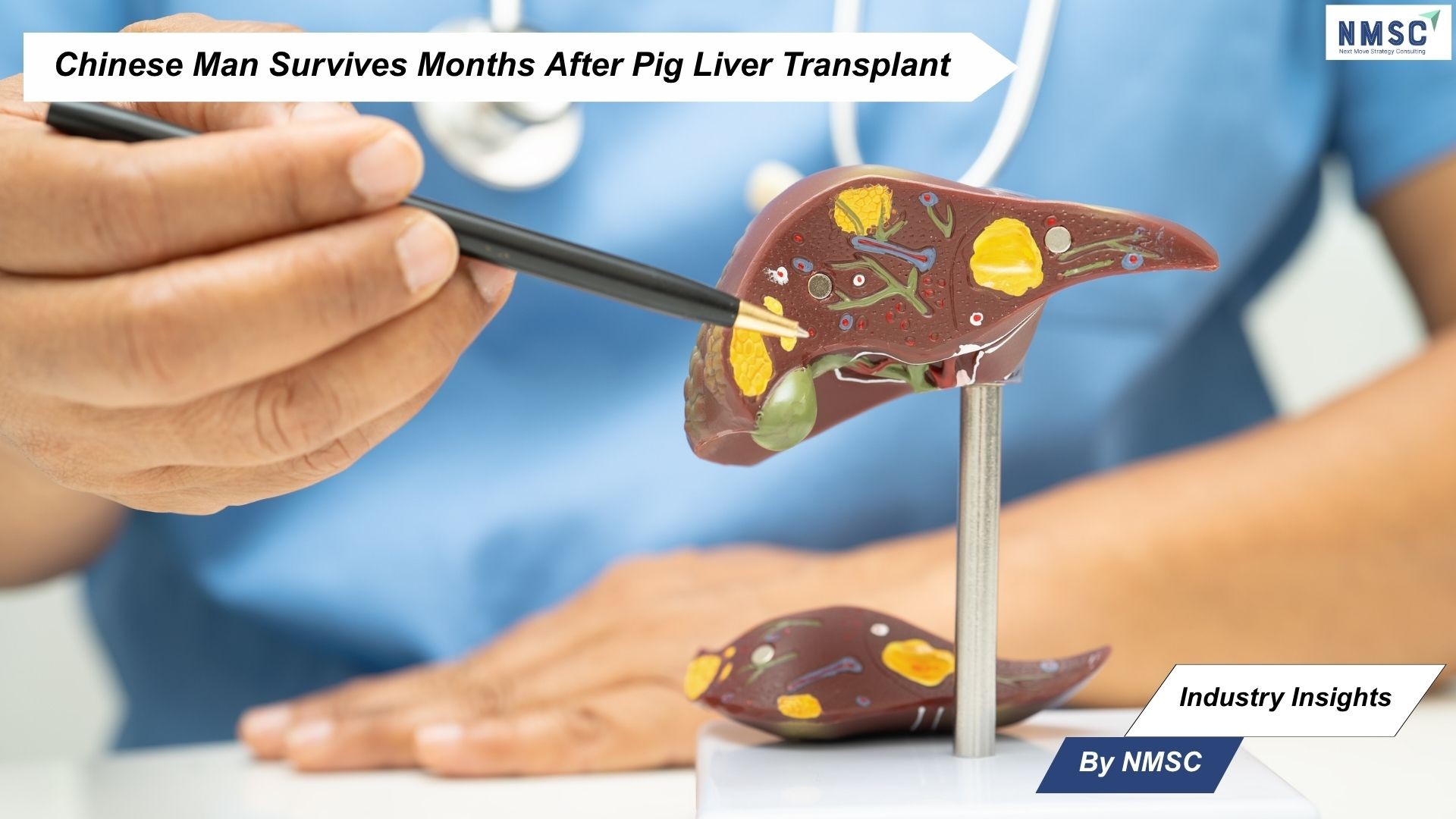Breakthrough Biomarkers Found for PSP in Spinal Fluid
Published: 2025-09-15

Industry Insights from Next Move Strategy Consulting
As the medical community seeks better diagnostic tools for neurodegenerative disorders, scientists have identified groundbreaking biomarkers in cerebrospinal fluid that accurately detect progressive supranuclear palsy (PSP). This discovery, published in recent research, represents a significant advancement in neurology, offering new potential for early and precise diagnosis of this challenging condition.
A New Frontier in Neurological Diagnostics
Current diagnostic methods for PSP often lead to misdiagnosis due to overlapping symptoms with similar disorders. The researchers utilized high-throughput protein analysis technology, which relies on molecules designed to bind proteins with exceptional selectivity and specificity, to measure the protein biomarkers. This development moves beyond symptom-based diagnosis to establish a biological foundation for identifying the disease.
Key Findings at a Glance:
Specific Protein Patterns: Unique biomarker combinations distinguish PSP from other neurological conditions.
Early Detection Capability: Identifies disease markers before advanced symptoms appear
Scientific Validation and Clinical Implicationst
Cerebrospinal Fluid Analysis in 541 Patients with Clinically Isolated Syndrome and Multiple Sclerosis.This level of precision could significantly improve patient outcomes through timely and appropriate care.
Medical Community Response
The discovery has generated considerable interest among neurologists and movement disorder specialists. The biomarkers may also inform future therapeutic development for PSP.
Conclusion
This breakthrough marks a pivotal moment in neurodegenerative disease research, shifting diagnostics from clinical observation to molecular evidence. As research continues, these biomarkers may also provide insights into disease progression and treatment response monitoring.
Source: BioTechniques
Prepared by: Next Move Strategy Consulting
















Add Comment